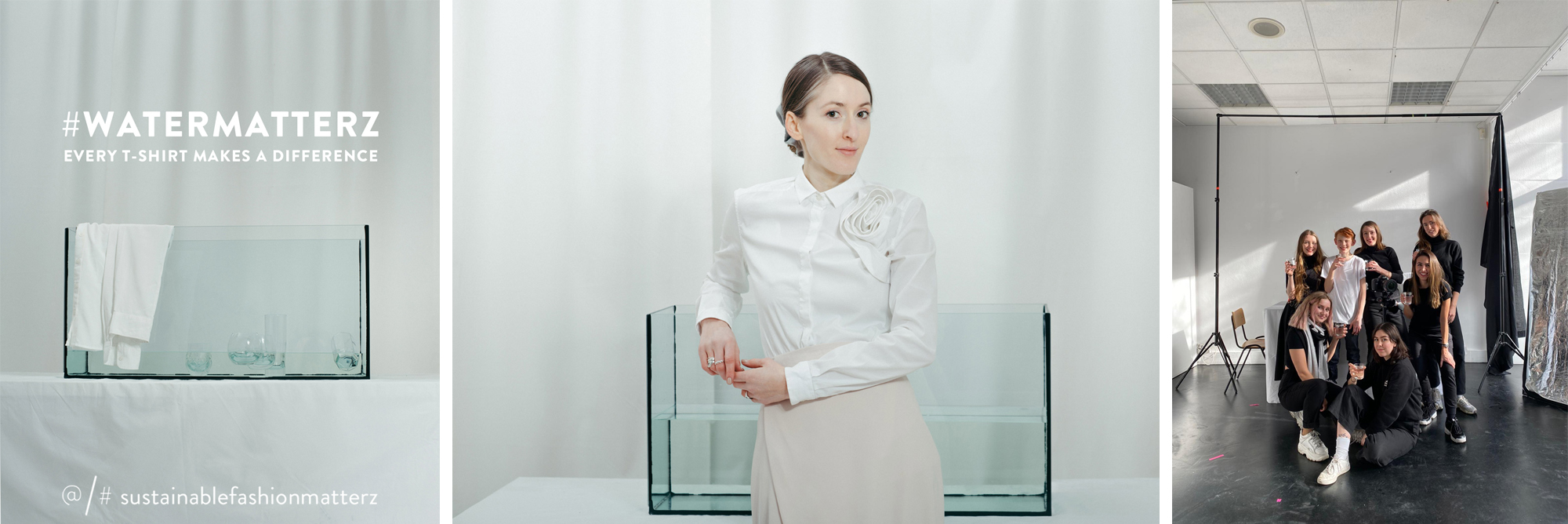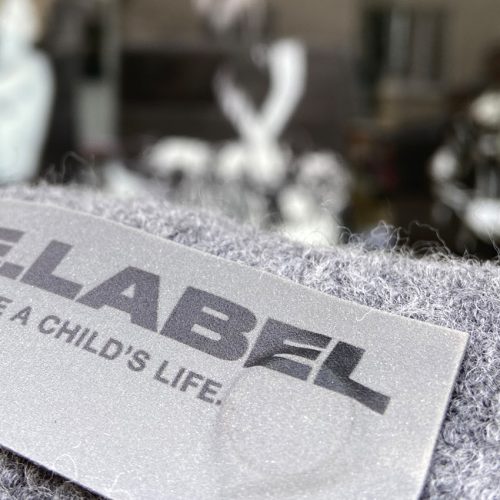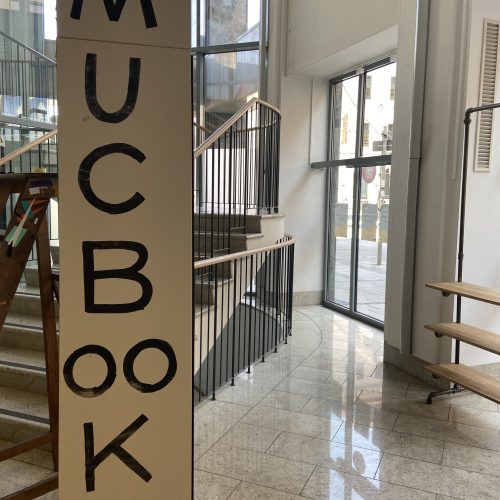© Cherie Birkner # sustainablefashionmatterz
What does World Water Day have to do with the fashion/textile industry? Unfortunately a lot. Water consumption and the impact of the textile industry on the environment are enormous. To be more blunt: the textile industry poisons rivers and drinking water. Particularly heavy pollution is caused by the cultivation and production of raw fibers and textile finishing. As much as 20 percent of industrial wastewater is attributed to the fashion industry. And the trend is rising.
Fashion & water: What can each individual do?
![]() Repair: Keep textiles in circulation longer
Repair: Keep textiles in circulation longer
![]() Buy less: do without fast fashion
Buy less: do without fast fashion
![]() Discover alternative consumption models: Fashion can be rented (Stay awhile, Unown), exchanged (with friends or through organizations such as Green City), bought in local second hand stores or online (e.g. VinoKilo)
Discover alternative consumption models: Fashion can be rented (Stay awhile, Unown), exchanged (with friends or through organizations such as Green City), bought in local second hand stores or online (e.g. VinoKilo)
Fashion & water: What the textile industry can do?
![]()
Maintain/set environmental standards on their own responsibility
![]()
Quality instead of quantity
![]() Re- und Upcycling
Re- und Upcycling
Fashion & water: Our Favorite Campaign
#WATERMATTERZ: EVERY T-SHIRT MAKES A DIFFERENCE
Sustainable Fashion Matterz founder Cherie Birkner has launched the #WATERMATTERZ campaign on her platform. She shows the dyeing process of a t-shirt to illustrate the maximum negative impact of the fashion industry on the world’s water resources and to create more awareness around this topic.
Quick example? A person should drink about 3000 liters of water within four years. This corresponds to the amount of water needed to produce a single t-shirt.
2,700 liters water
=
1 new t-shirt
=
870 secondhand t-shirts
Want some water-saving fashion?
Chloé VD | silk blouses and dresses made from vintage fabrics
Coa Goa | bags and weekenders from old sails
Dawn Denim | creative rescue of unused fabrics through embroidery
Corvera Vargas | working with leftovers
Friends that Rhyme | clutches from vintage obi belts
JOA | bomber jackets from post-consumer waste
Re-born shoes | shoes made of car tires, sun and deckchair covers etc.
The Renewery | secondhand meets upcycling, sold on Instagram
Leasing sustainable and fair clothing reduces the fashion footprint by 75 percent.
Stay awhile | renting is the new way to buy
Unown | favorite pieces from two weeks onwards
About Cherie Birkner, Founder Sustainable Fashion Matterz
Cherie Birkner is a former creative director at a fast fashion company, model, photographer, activist, freethinker and networker with a clearly defined goal: to change the fashion industry positively. For this purpose, Cherie has founded Sustainable Fashion Matterz in 2017. Her photos from Fashion Revolution Days, among others, have become an indispensable part of the internet, her platform unites game changers of all kinds, lists events, brands (international) and (fair fashion) hashtags.
Good to know (Source: Greenpeace):
![]() More than 90% of our clothing comes from Asia.
More than 90% of our clothing comes from Asia.
![]() Over two thirds of the rivers and lakes in China are classified as polluted.
Over two thirds of the rivers and lakes in China are classified as polluted.
![]() Toxins from factories are often discharged untreated and can be detected in drinking water and food.
Toxins from factories are often discharged untreated and can be detected in drinking water and food.
![]()
These pollutants are harmful to health.
.![]() Increasingly, these pollutants can also be detected in humans and animals
Increasingly, these pollutants can also be detected in humans and animals







